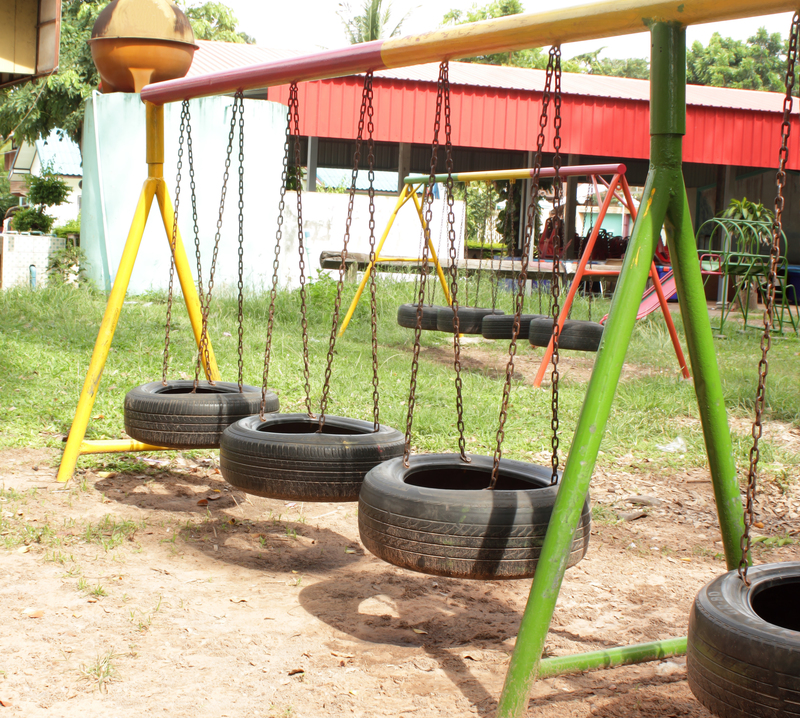How to Reduce Environmental Impact When Disposing PPE Waste
The widespread use of Personal Protective Equipment (PPE) has played a crucial role in safeguarding public health during pandemics, healthcare procedures, and in various industries. However, the surge in disposable masks, gloves, gowns, and face shields has presented a new environmental challenge due to improper disposal and accumulation of PPE waste in landfills and oceans. Learning how to reduce environmental impact when disposing PPE waste is pivotal in maintaining ecological balance and public health.
Understanding the Environmental Impact of PPE Waste
PPE is primarily composed of plastics such as polypropylene, polyvinyl chloride, and nitrile, which are not biodegradable. After single use, vast amounts end up in landfills or as litter in natural habitats, leading to:
- Soil and water pollution due to toxic chemicals leached from decomposing plastics
- Entanglement and ingestion hazards for wildlife
- Increased greenhouse gas emissions from incineration or landfill decomposition
- Microplastic contamination harming aquatic life and potentially entering the human food chain
Addressing the environmental impact of PPE disposal is essential for both present and future generations.

Best Practices for Reducing Environmental Impact When Throwing Out PPE
1. Prioritize Reusable PPE Where Possible
Switching to reusable PPE alternatives can dramatically cut down on waste production. Consider:
- Reusable cloth face masks that can be machine-washed and sanitized
- Washable gowns and coveralls instead of disposable options in non-hazardous environments
- Durable face shields that can be disinfected and reused multiple times
By substituting single-use items with reusable alternatives, organizations and individuals can substantially decrease the amount of PPE ending up in landfills and oceans.
2. Segregate PPE Waste Properly
Proper segregation of PPE waste is key to reducing environmental impact. This involves:
- Placing used PPE items in designated waste bins clearly marked for such material
- Avoiding disposal of PPE with recyclables or general waste streams
- Ensuring hazardous or contaminated PPE from healthcare settings is handled per local regulations
These practices prevent cross-contamination and improve handling efficiency during collection and treatment.
3. Opt for Environmentally Friendly PPE
Manufacturers are now producing PPE items from biodegradable or compostable materials. Look for:
- Biodegradable face masks made of plant-based fibers
- Gloves crafted from natural latex rather than synthetic nitrile or vinyl
- Compostable gowns that can break down in industrial compost facilities
Switching to more eco-friendly PPE drastically limits the amount of persistent plastic pollution generated by conventional protective gear.
4. Support PPE Recycling Initiatives
While traditional PPE items are difficult to recycle, specialized programs and companies are emerging to address this challenge. You can:
- Partner with organizations that collect and recycle PPE waste, such as TerraCycle
- Set up collection boxes for masks and gloves in your workplace, school, or community center
- Encourage local governments to implement PPE recycling solutions
These efforts give PPE waste a new life as industrial products, reducing its environmental footprint.
5. Implement Safe and Sustainable Disposal Methods
For PPE that cannot be recycled or reused, it's essential to choose the least environmentally harmful disposal method available:
- Autoclaving for sterilizing and reducing the volume of contaminated PPE
- High-temperature incineration with energy recovery to prevent the release of harmful pollutants
- Minimizing landfill disposal by combining energy recovery with strict emissions controls
Adhering to local waste management laws ensures both human safety and reduced ecological risk.
Additional Tips to Minimize PPE Waste Impact
Educate and Train
*Training staff and the public* on the correct use and disposal of PPE reduces unnecessary waste and contamination. Effective communication includes:
- Clear signage about disposal procedures
- Workshops or online resources about the benefits of sustainable PPE management
- Providing alternatives and encouraging responsible use of PPE
Monitor and Audit PPE Usage
Regularly assess PPE consumption patterns in your organization. This can reveal opportunities to:
- Switch to reusable options where appropriate
- Minimize overuse of PPE through behavior changes or process improvements
- Set reduction targets and track progress over time
Encourage Innovation
Support companies and startups that are developing novel, eco-friendly solutions for PPE. Whether it's a new biodegradable mask material or an upgraded recycling process, innovation is key to sustainable change.
Case Studies: Success Stories in PPE Waste Management
Several organizations and cities around the world have made strides in reducing the environmental impact of PPE waste:
- France: Deployed public mask recycling bins and partnered with companies to convert used masks into construction materials for roads and buildings.
- United Kingdom: Hospitals adopted closed-loop recycling programs for protective gowns and face shields, ensuring safe and efficient circular reuse.
- Canada: Engaged community volunteers in collection drives to keep PPE off beaches and out of waterways, followed by responsible incineration or recycling.
These examples demonstrate that with coordinated action and commitment, it is entirely possible to reduce the environmental impact associated with disposing PPE waste.
Challenges and Solutions for Proper PPE Waste Disposal
- Contamination Concerns: PPE used in healthcare or for illness prevention often carries biological contaminants, requiring special treatment processes.
- Lack of Infrastructure: Many municipalities lack dedicated facilities for PPE waste or struggle with integration into mainstream recycling.
- Limited Public Awareness: General confusion about how to dispose of used PPE leads to widespread improper disposal.
Solutions include:
- Government incentives for building more specialized recycling plants
- Public information campaigns to increase awareness and compliance
- Support for research into new materials and compostable alternatives
Frequently Asked Questions about Environmentally Responsible PPE Disposal
Can PPE be recycled in regular household recycling?
Most traditional PPE cannot be recycled via regular household programs due to contamination risks and unsuitable materials. Instead, use specialized recycling programs or return services offered by select manufacturers.
What should I do with used masks and gloves?
For single-use, non-biodegradable PPE, place them in secure waste bags and dispose of as general waste unless a dedicated collection point is available. Never litter or flush PPE down the toilet as this can cause environmental damage.
Are there alternatives to disposable PPE?
Yes! Reusable masks, washable gowns, and face shields made from durable plastics provide effective protection while lowering environmental impact. Also, look for PPE made with biodegradable or plant-based materials.
How can businesses ensure responsible disposal of PPE waste?
Businesses can reduce their environmental footprint by:
- Establishing clear disposal procedures and signage in the workplace
- Contracting with professional waste management and recycling companies specializing in PPE
- Regularly reviewing PPE purchasing policies to favor eco-friendly products

The Future of Sustainable PPE Waste Management
As awareness grows about the environmental impact of PPE waste, new innovations and collaborative efforts emerge. Scientists are designing masks and gloves from bioplastics, bamboo fibers, and other compostable ingredients. Policymakers are introducing guidelines to mandate greener disposal and incentivize recycling. However, individual actions remain equally important in driving change.
By adopting the recommendations outlined above and advocating for sustainable practices, we can significantly reduce environmental impact when disposing PPE waste and support a greener, cleaner world.
Conclusion: Building a Sustainable PPE Waste Disposal Framework
Reducing the environmental impact of PPE waste disposal is a collective responsibility involving manufacturers, businesses, governments, and individuals. By choosing reusable and biodegradable PPE, segregating and disposing of waste safely, supporting recycling initiatives, and staying informed, we can limit pollution and preserve natural resources for future generations.
Each action--no matter how small--brings us closer to a healthier planet. Commit today to eco-friendly PPE waste management and set an example for others in your community. For more expert guidance and detailed tips on sustainable PPE practices, bookmark this page and share it with friends and colleagues who care about the environment!
- Switch to reusable and biodegradable PPE whenever possible
- Dispose of PPE according to local guidelines
- Participate in or support PPE recycling programs
- Stay informed and advocate for greener policies
Together, we can shape a sustainable approach to PPE waste and safeguard the environment for all.